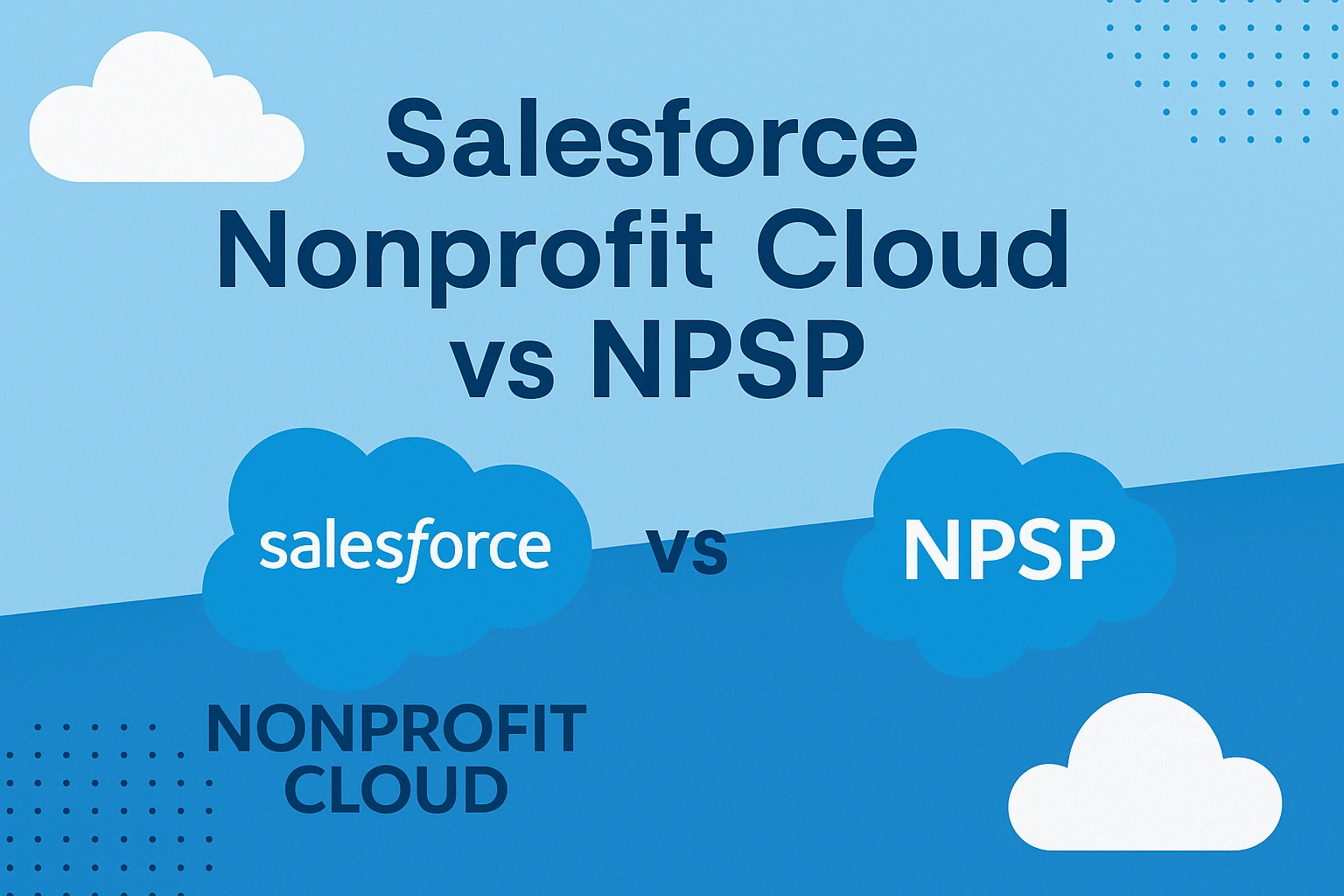Your customers are drowning in survey requests. Between every brand they interact with asking for feedback, it’s no wonder response rates keep dropping and data quality suffers.
Survey fatigue isn’t just an inconvenience—it’s actively damaging your customer relationships and skewing the insights you need to grow. Smart organizations are beating survey fatigue with proven strategies that respect their customers’ time while still capturing valuable feedback.
What Is Survey Fatigue?
Survey fatigue happens when customers become overwhelmed, annoyed, or simply indifferent to feedback requests. It’s the reason your carefully crafted surveys get ignored or abandoned halfway through.
Think of it as your customers’ defense mechanism against survey bombardment. When every interaction triggers a feedback request, people start tuning out completely.
The Two Types of Survey Fatigue That Kill Response Rates
Pre-response fatigue strikes before customers even open your survey. They see another feedback request in their inbox and immediately delete it or ignore the popup on your website.
Mid-survey fatigue happens when customers start your survey but abandon it partway through. Maybe the questions feel repetitive, the survey is taking too long, or they realize their feedback probably won’t lead to any real changes.
Here’s what makes this particularly dangerous: fatigued respondents are 3x more likely to give random answers just to get through your survey. That means the data you’re collecting isn’t just incomplete—it’s actively misleading.
The Hidden Cost of Survey Fatigue on Your Business
When customers experience survey fatigue, your data quality drops dramatically. Rushed responses, skipped questions, and random selections create a false picture of customer satisfaction.
Your brand reputation takes a hit too. Poorly timed or excessive survey requests can reduce CSAT scores by up to 15%.
Most importantly, survey fatigue damages the customer relationships you’re trying to strengthen. Every irrelevant or overly long survey tells customers you don’t value their time.
What is Pre-Survey Communication?
Pre-communication is getting the word out before your survey goes live. When people know what’s coming—why you’re asking, when it’ll happen, and how you’ll use their feedback—they’re more likely to participate and give honest, thoughtful answers.
This early communication sets the stage for trust, making it clear their input matters and their privacy is protected, which boosts both response rates and the quality of insights you collect
15 Proven Strategies to Beat Survey Fatigue
Design Smarter Surveys (Strategies 1-5)
1. Keep It Short and Sweet
Limit your surveys to 5-7 questions maximum. Research consistently shows that 2-minute surveys achieve 68% completion rates compared to just 29% for 10-minute surveys.
Every additional minute increases abandonment by 12%. Your customers’ time is precious—treat it that way.
2. Add Progress Bars That Actually Help
Progress bars reduce mid-survey dropout because they manage customer expectations from the start. When people know exactly how much time they’re committing, they’re more likely to follow through.
Skip the fake progress bars that jump around unpredictably. Honest progress tracking shows respect for your customers’ time investment.
3. Make Mobile Your Priority
78% of surveys are opened on mobile devices, yet many organizations still design for desktop first. Use larger touch targets, collapsible menus, and autofill features to streamline the mobile experience.
A clunky mobile survey is a guaranteed way to trigger mid-survey fatigue.
4. Use Smart Skip Logic
Hide irrelevant questions automatically based on previous responses. If someone rates their experience as “Excellent,” don’t ask them to explain what went wrong.
Smart skip logic shortens survey paths for each respondent while keeping the experience focused.
5. Choose Simple Question Types
Avoid complex grid-based scales that require customers to think too hard about their responses. Skip the “describe your experience in 500 words” requests that feel like homework assignments.
Binary questions and multiple-choice options work best. They’re quick to answer and easy to understand across all devices.
Time It Right (Strategies 6-8)
6. Avoid Peak Stress Hours
62% of consumers ignore surveys received during work hours or weekends when they’re already overwhelmed. Schedule your surveys based on customer behavior patterns, not your internal calendar.
Consider time zones if you serve customers across different regions.
7. Coordinate Across Departments
Create a central survey calendar to prevent “survey bombardment” from multiple teams. When sales, support, and marketing all send separate feedback requests, customers feel harassed rather than heard.
Respect your customers’ survey bandwidth by spacing out requests and coordinating timing across departments.
8. Match Survey Timing to Interaction Importance
Don’t send a 20-question survey after someone downloads a simple resource or asks a basic question. Scale your survey length and complexity to match the significance of the customer interaction.
Quick pulse checks work perfectly for routine touchpoints. Save longer surveys for major milestones like onboarding completion or renewal decisions.
Build Trust Through Action (Strategies 9-12)
9. Explain the “Why” Upfront
Share how customer feedback drives specific improvements in your products or services.
Make the connection crystal clear between their input and your actions.
10. Close the Feedback Loop Fast
Address easy fixes within 30 days of collecting feedback. Share action plans publicly when possible to show customers their voice creates real change.
When customers see their suggestions implemented, they’re much more likely to participate in future surveys.
11. Share Results Transparently
Send a summary of findings to survey participants, highlighting changes made based on their feedback. This transparency builds trust for future survey requests.
Even when you can’t implement every suggestion, explaining your decision-making process shows customers you seriously considered their input.
12. Empower Frontline Teams to Act
Don’t just report survey results to leadership—give customer-facing teams the insights they need to improve daily interactions. Enable quick responses to common issues identified in feedback.
When support agents can reference recent survey trends or sales teams understand common objections, customers feel heard at every touchpoint.
Leverage Smart Technology (Strategies 13-15)
13. Use Native Integrations to Reduce Redundancy
Centralize feedback from all touchpoints to eliminate duplicate data collection. When your survey platform integrates natively with your CRM, you can see the complete customer picture without asking redundant questions.
SurveyVista’s Salesforce-native platform prevents survey overlap by giving you a unified view of all customer interactions and feedback requests.
14. Let AI Infer What It Can
Extract satisfaction signals from support chats, email interactions, and other touchpoints to reduce explicit survey needs. Focus your surveys on insights that can’t be inferred from existing data.
Smart organizations use AI to understand sentiment from natural conversations, then survey only when they need specific details or clarification.
15. Create Templates That Work
Develop pre-built, mobile-optimized survey templates for common scenarios. A/B test different formats like emoji scales versus numeric ratings to find what resonates with your audience.
Standardize successful approaches across teams while maintaining flexibility for unique situations.
How to Avoid Survey Fatigue? Next Steps…
Start With a Survey Audit
Review your current survey frequency and length across all departments. Identify overlapping requests that might be frustrating customers.
Map survey timing to customer journey stages to ensure you’re asking for feedback at the most relevant moments.
Implement Quick Wins First
Cut your survey length by 50% as a starting point—you’ll be amazed how much insight you can capture with fewer, better questions. Add progress bars to existing surveys to reduce abandonment.
Create a department survey calendar to coordinate requests and prevent customer overwhelm.
Build Long-Term Survey Success
Establish clear feedback loop processes so customers see their input creating real change. Train teams on acting quickly on survey insights rather than just collecting data.
Monitor response rates and adjust your approach based on what’s working. The best survey strategy evolves with your customers’ preferences.
Ready to transform how you collect customer feedback? SurveyVista’s Salesforce-native platform helps you collect smarter, integrate seamlessly, and act faster on customer insights. See how leading organizations drive customer-centric growth without survey fatigue—because your customers’ time is too valuable to waste.
Frequently Asked Questions
How often should I send surveys to avoid survey fatigue?
Space surveys at least 30-60 days apart for the same customer, depending on your relationship depth. Coordinate across departments to prevent multiple teams from sending separate requests. Quality beats quantity—one well-timed survey is better than three rushed ones.
What’s the ideal survey length to prevent customer abandonment?
Keep surveys to 5-7 questions maximum, taking no more than 2 minutes to complete.
How can I tell if my customers are experiencing survey fatigue?
Watch for declining response rates, increased mid-survey abandonment, and more random or inconsistent answers. If your CSAT scores are dropping or customers are complaining about too many feedback requests, you’re likely overwhelming them with surveys.
Should I incentivize survey participation to combat fatigue?
Focus on intrinsic motivation first—explain how their feedback creates real change. Incentives can help, but they won’t fix poorly designed or overly frequent surveys. Customers respond better when they see their input driving actual improvements.
How do I coordinate survey requests across multiple departments?
Create a central survey calendar that all teams can access and update. Use a unified platform like SurveyVista to track all customer touchpoints and prevent survey overlap. Set clear guidelines for survey frequency and timing across departments.
More Like This

Rajesh Unadkat 
Founder and CEO
Rajesh is the visionary leader at the helm of SurveyVista. With a profound vision for the transformative potential of survey solutions, he founded the company in 2020. Rajesh's unwavering commitment to harnessing the power of data-driven insights has led to SurveyVista's rapid evolution as an industry leader.
Connect with Rajesh on LinkedIn to stay updated on the latest insights into the world of survey solutions for customer and employee experience management.



